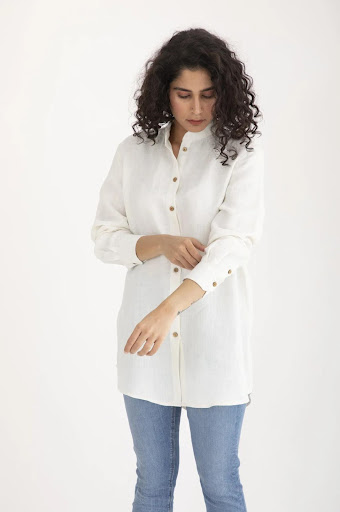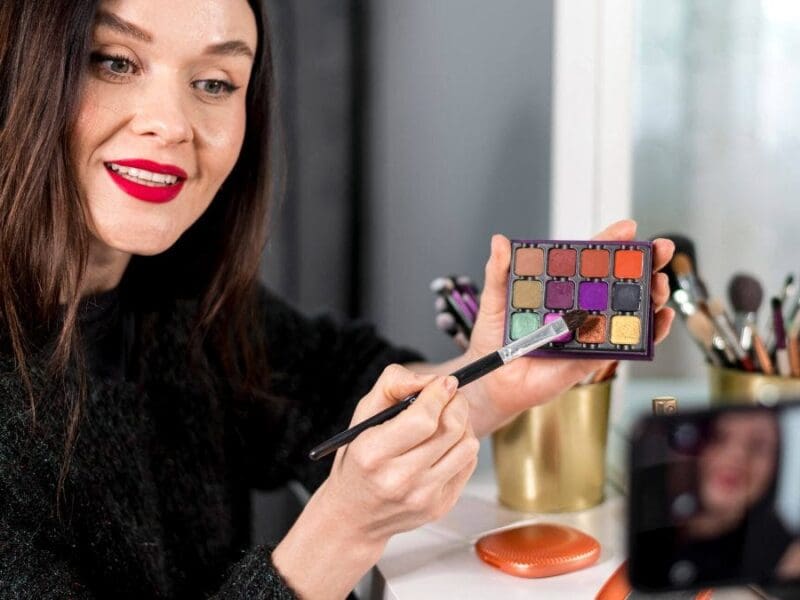
The History of Linen Dresses: From Ancient Times to Today
If you are also fond of Linen Women’s Clothing, you must be interested to .know more about the eternal beauty of this natural fabric. Linen, the oldest fabric, has a colourful and enchanting past. The evidence discovered takes you to prehistoric caves in Georgia. It shows pure linen had been used as early as 36,000 years ago. Its commonly acknowledged origin was in Egypt about 10,000 years ago. But how it travelled in a time machine from ancient to modern days, let’s have a look!
Going Back
From an ancient Egyptian graveyard, a disregarded “Tarkhan Dress” was unearthed. And guess what? It’s an almost 5,000-year-old linen shirt. Archaeologists found it in 1913 but understood what it is in 1977. They were the curators of a museum in London who were cleaning and conserving artefacts.
Linen dresses are said to be the oldest outfits in the world. Made in 3482-3102 BC, the timeline can be traced to the first dynasty. Ancient linens are highly regarded even today for their plush appearance and texture. Their durability, breathability, and minimal care needs make them a sought-after fabric.
Highly skilled artisans weaved this clothing in an ancient civilization. The intricate design, features like fitted sleeves and a V-neck style- they say it all. Fine linen textiles are a strong candidate for radiocarbon dating. They are constructed from flax fibres, requiring a few months for cultivation.
How It All Started!

Today, from top-quality table decor to soothing window curtains, luxury bedding, slipcovers, and upholstery- they all depend on linen. But the beginning was a bit different. Ancient Egypt folks wrapped the deceased in linen as a form of paying respect. The process is what we know today as Mummification. Archaeologists in Georgia found flax fibres to be 30,000 years old. In Mesopotamia, linen was a luxurious cloth only worn by those of higher social status. It was simple to spin the stem fibres into yarn.
So, linen was used for a range of items, from clothes to rope. Mesopotamian society had domesticated the flax plant by 3000 BC. The flax plant doesn’t need much water or upkeep. It grows annually. This plant is used to make linen, the fibre that is durable and easy to care for. The annual flooding of the Nile gave enough water and nutrients to the flax seeds. It was the perfect crop for Egyptian farmers. An intermittent system of water here, get the crop done in the next 100 days.
To This Day
Why is linen commonly used today? For its resilience, simplicity of maintenance, and exquisite attributes. Are you searching for material that is breathable, moisture-resistant, and luxurious? Your answer is quality linen from a top linen brand. So, let’s dive deep into the explanations for why vintage linen is in high demand today.
- Flax fibres have a better crystalline structure than cotton. It makes them 3x stronger than cotton.
- Linen products ensure a long lifespan on account of their strength and durability.
- Linen can absorb up to 20% of moisture before it starts to feel wet.
- Real linen is hypoallergenic, moisture-resistant, and breathable.
- It keeps you warm in the winter and cools in the summer.
A Sustainable Choice
People all throughout the world have been in love with linen for countless years. Linen has various advantages. And that’s why the fabric remained popular for centuries. The incredible longevity makes linen always high in demand. Always prefer to buy Oeko-Tex Certified linen to ensure the purest quality. It is biodegradable even when it is no longer required or desired. It’s also one of the most environmentally friendly fabrics available. The reasons are the process of its cultivation and how it’s disposed of. Farmers use very little water and no pesticides, herbicides, or fungicides to grow flax for linen.
For the widest array of 100% original linen products, you can choose to visit Live Linen. Bon shopping..!







